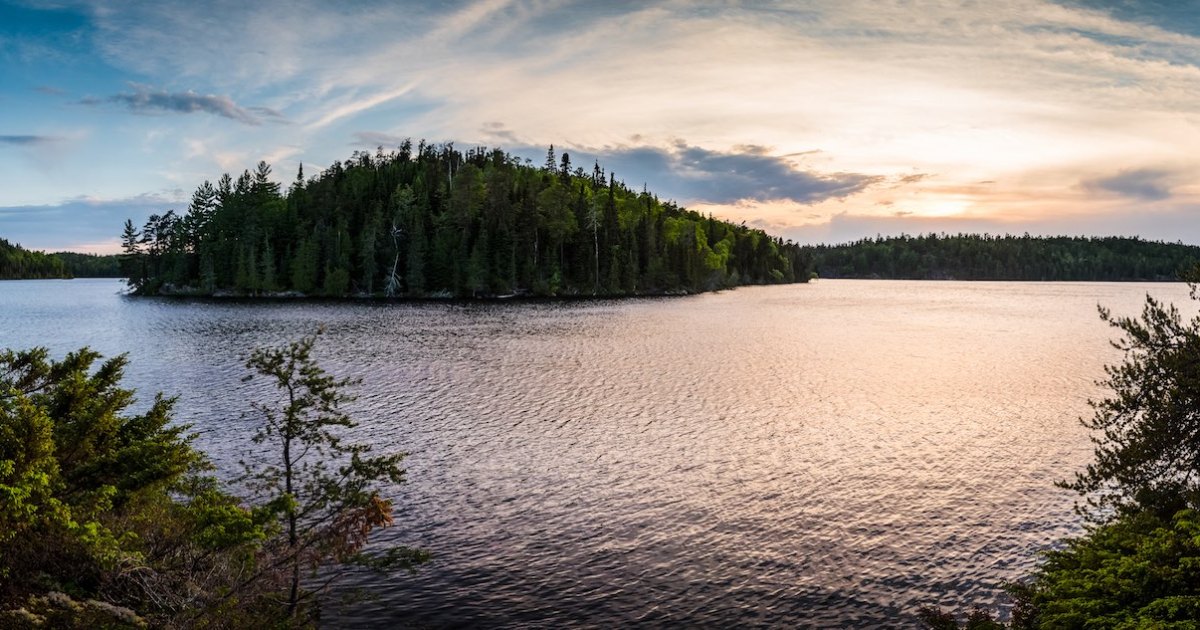No products in the cart.
Fitness Tips
Why Minnesota’s Boundary Waters Are on the Ballot This Year
How we protect and intend to use the Boundary Waters Canoe Area Wilderness is on the ballot this election, as is the Tongass National Forest in Alaska, the Arctic National Wildlife Refuge, Idaho’s South Fork Salmon River, Bristol Bay, Bears Ears National Monument, and countless other public lands.
Ely, Minnesota was once a thriving iron mining capital, whose modern identity is now synonymous with the largest wilderness area east of the Rocky Mountains: the Boundary Waters Canoe Area Wilderness. That wilderness (the most heavily used in the U.S., attracting a quarter million visitors a year) now finds itself at odds with a foreign-owned copper/nickel mine—one that had been suspended, pending further research under the previous administration, and is now being fast-tracked by the current one.

The massive underground project, underway just a couple miles (or a long portage) away from the wilderness boundary, promises to bring jobs back to the economically depressed Iron Range, but simultaneously threatens to permanently taint this 1.1 million-acre network of intact boreal forest and pristine lakes, bogs, and streams for generations to come. The risk of toxic sulfide runoff from the tailings and waste rock entering the intricate and interconnected hydrology of this region is seen by many experts as inevitable; the heavy metal- and acid-laced consequences remaining in the water and land for centuries.

These two competing histories, resource extraction and wilderness conservation, have overlapped since the early 1900s and have reached a new level of tension. On one hand, this region sorely needs a boost in its economy to sustain communities like Ely, which one could argue will contribute to furthering its wilderness adventure industry. But on the other hand, a future Superfund site, where the Boundary Waters once was, is hardly the job generator anyone wants. The long-term environmental damage risks dashing all manner of future economic hopes against the copper-rich rocks below. And so, the fate of Ely and the Boundary Waters doesn’t need to be at the whim of a Chilean-Canadian multinational mining conglomerate; choice lies in the hands of American voters at local, state, and national levels.

These tough choices between economic gains and environmental stability are playing out in small rural towns all across the country.
And accordingly, conservation of our ever-shrinking wild and scenic lands tends to create polarizing stances: locals against visitors; industry against ecosystems; environmentalists against capitalists. But many Americans believe in the value of public lands and wild spaces. Most support sustaining these places for future generations. After all, the miners from the Iron Range hunt, fish, and paddle the same waterways as the lawyers from Minneapolis. Of course, we humans will continue to need to extract natural resources from the earth. How we balance these two needs is what’s actually up for debate (and on the ballot), which unfortunately, through blind partisanship, often muddies the waters of what’s actually at stake: rare public, wild lands.
We need to work together, listen to all stakeholders, and seek to truly understand the real consequences of our decisions that will affect our fellow citizens and our collectively owned landscapes for generations. Protecting wilderness for all people to use is one of the great American traditions. And while we may disagree on how to preserve, use, and live among these singular and limited wild places, let’s not pretend for a moment that the importance of these wild public places is up for debate.
Luckily, we have another great American tradition coming up on Tuesday: a free election where your VOTE counts!
Read up more on Twin Metals plan and its resulting environmental impact.
For access to exclusive gear videos, celebrity interviews, and more, subscribe on YouTube!
Source link

